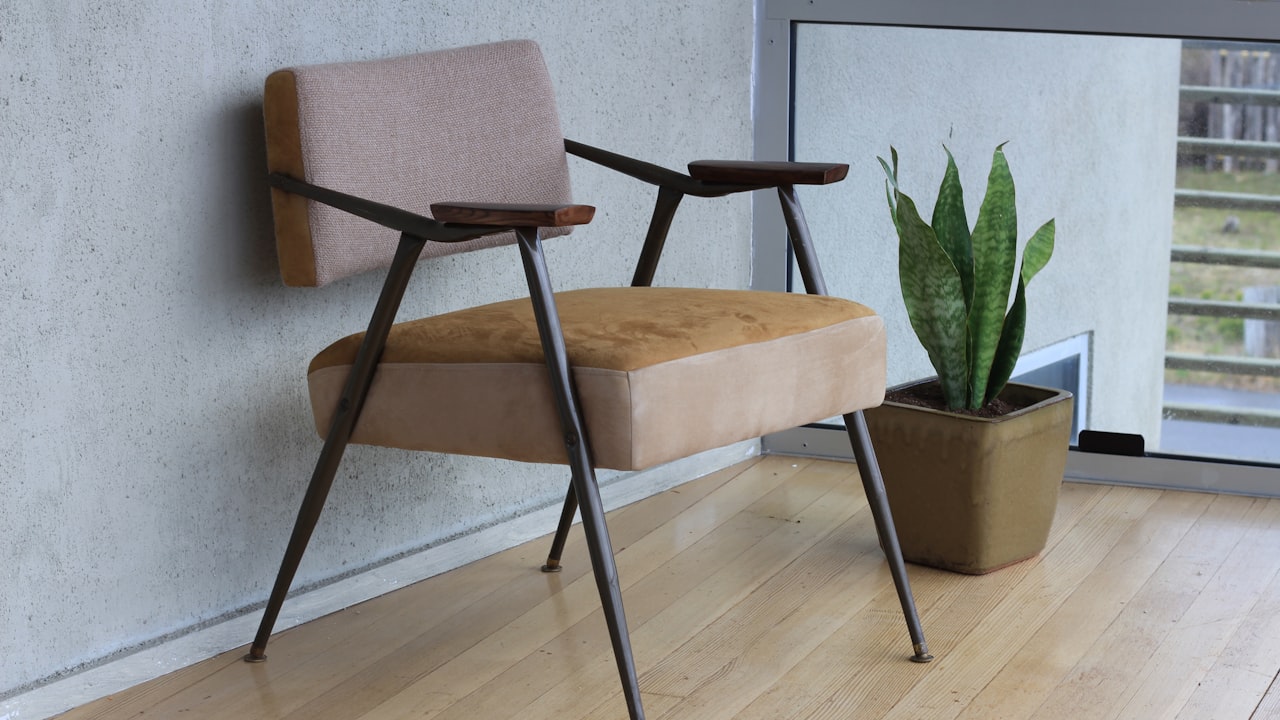Dragon chairs, also referred to as Chinese throne chair, is a representation of imperial power and status in China. Emperors and other members of the royal court sat in this elaborate chair during significant ceremonies and events.
Highly Symbolic Appearance
A Chinese throne chair’s intricate carvings and use of dragon motifs lend it a highly symbolic appearance. The dragon, a representation of imperial authority and power, served to highlight the status of the person occupying the chair.
Gold leaf, precious stones set into the chair’s upholstery, and other opulent materials were frequently used as decorations.
Chinese throne chairs required a lot of labor-intensive, highly skilled craftsmanship. The chairs were made of wood, usually Zitan or Huanghuali, which are both highly prized for their exquisite grain and sturdiness. Typically, conventional Chinese methods and tools were combined to create the carvings and decorations by hand.
Besides the imperial palace, Chinese throne chairs were also seen in the royal tombs and ancestral temples. They were the primary status markers that were usually passed down from different generations.
Status Symbol of Wealthy Merchants
As China’s economy expanded, throne chairs also became a status symbol for prosperous merchants and officials in the country. They would place orders for throne chairs to be made specifically for their use and for display in their homes. This resulted in the production of a large number of stunning and challenging works of art. Some of these items have survived to the present day and can be found on display in museums and private collections all over the world.
Despite the passage of time, the chinese throne chair remains an important symbol of imperial power and prestige even to this day. Today, they are highly sought after by collectors and connoisseurs of Chinese art and antiques due to their historical and cultural significance, beauty, and timelessness. Many of these chairs are now in museums all over the world, and some are still used in traditional Chinese ceremonies to make people feel like royals.
Conclusion
In conclusion, the Chinese throne chair is an important symbol of imperial power and prestige in China and has been used by the Chinese Emperor and other members of the royal family throughout its long history. These ornate chairs were used by emperors and members of the royal court during important ceremonies and events to demonstrate the power and authority of the imperial court.
The chair’s design is highly symbolic, with the use of dragon motifs and intricate carvings representing the strength and prestige of the ruling dynasty. Its construction required a high level of skill and labor, and it was made of wood, typically huanghuali or zitan. The throne chair was used as a symbol of imperial power and prestige, but it also served as a reminder of the duties and responsibilities that the emperor and members of the royal court held.
Chinese throne chairs were also a status symbol for wealthy merchants and officials and are highly sought after by collectors and connoisseurs of Chinese art and antiques. Today, Chinese throne chairs remain iconic symbols of Chinese culture and its long history.
